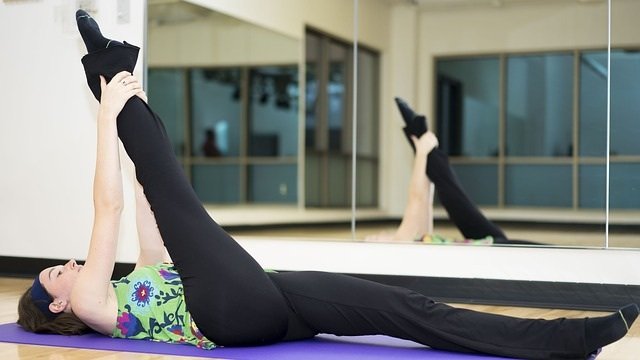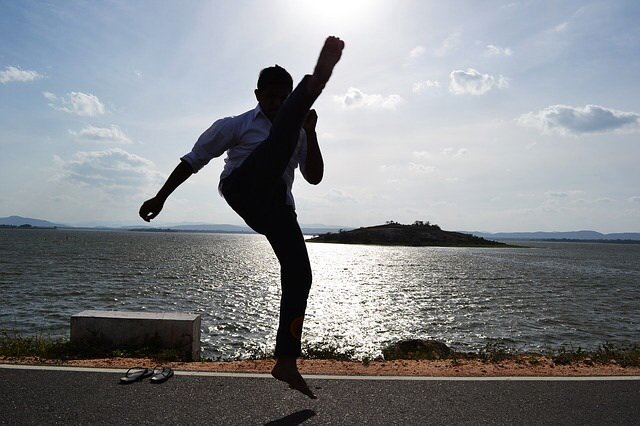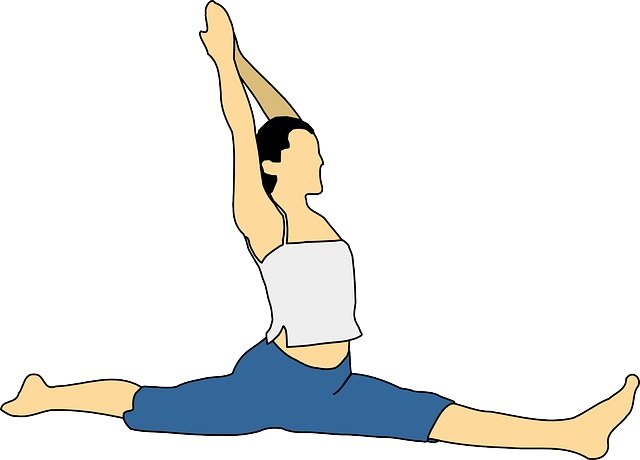Different Types of Flexibility

Flexibility is the ability to move a joint throughout its full range of motion. Crucial to one's performance in various martial arts and competitive sports, muscle flexibility is also important for such things as getting out of bed in the morning, taking a shower, and other common, "every day" type of activities.
So how can it be improved? There is only one type of flexibility, right? And it's accomplished by stretching. Well, what type of stretching?
Truth be told, there's more than one type of flexibility and there are different types of stretching. And given the wide range of goals in achieving and/or maintaining flexibility, training regimens will differ from one another. In this post, we will consider the different types of flexibility as described by Tom Kurz in Stretching Scientifically--a great resource for anyone interested in safely increasing their ability to move about their joints' range of motion.
First, there's dynamic flexibility. This is the ability to kick, for example. Any time you see a martial artist perform a high kick, they are demonstrating a high degree of dynamic flexibility.

As impressive as it may be, an ability to perform a high kick doesn't mean an ability to do a side split or straddle. Those things require static-passive flexibility, which is the ability to assume and maintain an extended position using your body weight, limbs, or another apparatus (e.g., a chair). This is the type of flexibility that most people think about when they think of flexibility.

Finally, there's static-active flexibility. This type of flexibility allows someone to hold a sidekick for an extended period of time without assistance from anything other than the required agonist muscles. Practitioners of Wah Lum Tam Tui Northern Praying Mantis Kung Fu display static-active flexibility when they perform a one-legged squat with their non-squatting leg extended out in front of them. Maintaining an extended leg out in a front kick position requires static-active flexibility.
So, if there are three types of flexibility and not one--dynamic, static-passive, and static-active flexibility--how are they developed? This will be the focus of a future post.
Stay tuned!
All CC0 images are courtesy of pixabay.com.
I hope one day can do that. Thanks for share. Cheers